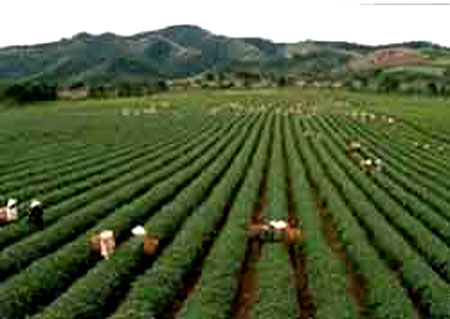 |
| llustrative image. (Photo: Internet) |
The statement were confirmed by experts at a workshop held by the Ministry of Agriculture and Rural Development (MARD) in Ha Noi yesterday, Dec 19.
This potential cut was higher than the 20 per cent reduction targeted by a plan to reduce emissions from agriculture and rural development until 2020, and could be realised if a selection of 17 solutions proposed by experts were applied.
Dr. Mai Van Thinh from the Agricultural Environment Institute said the average annual amount of green house gas emissions from the agricultural industry in Viet Nam was nearly 96 million tonnes of carbon dioxide.
Thinh added that emissions in 2005 were measured at over 100 million tonnes of carbon dioxide, and that figure was reduced to around 83 million tonnes in 2010.
Dr Dinh Vu Thanh, director of MARD's Capacity Building for Climate Change project, said a large amount of emissions resulted from rice cultivation, land exploitation, straw burning and waste processing.
Most solutions proposed were linked to rice cultivation due to the particularly high carbon dioxide emissions it produced.
They included the use of short-term rice crops, biocoal and ammonium sulphate fertiliser, maximisation of productivity and efficiency in production, and switching to long-term crops in areas where rice did not thrive.
Experts said the application of these solutions would help to reduce emissions of green house gases considerably while requiring minimal Government funding.
They also pointed out that building staff capacity and utilising the carbon trading market were crucial to the reduction of emissions.
(VNS)